Finger in the Dike
Remember the story of the little Dutch boy who stops a dam from cracking and flooding the town by plugging the hole with his finger until adults could come to the scene to affect a more permanent solution? Legend has it that he stood there all night before more help could be obtained.
Judging from just the cursory view last week of what is an autoimmune disease and how it might happen, we could conclude that our dam has more than one hole. In fact, we are running out of fingers to plug all the holes.
Where are the holes? Look to the millions of us with autoimmune diseases and see if there is a common experiential thread…
- In the residual chemicals found in our food from growth practices
- In the chemicals added to our highly processed Western diet which is also high in sugar, fat, and salt
- In the consumption of food that is pro-inflammatory
- In the polluted air we breathe
- In the chemical exposures we subject ourselves to in cleaning products, toiletries, and cosmetics
- In the chemicals we use in our yards and gardens
- In the stress hormones of the feedlot animals we eat
- In the chemical transfers of packaging, storing, and cooking food in plastic products
- In stress
- Eventually – in the air, as we breathe nano dust particles of plastic which do not decompose but just degrade into smaller and smaller pieces
Clearly, there is no one answer, but taken as a whole, it is easy to see that the world we have created is not the world our genes were built to withstand.
As promised, I want to bring up just one facet of how genetically susceptible people might be opening the door to the lurking wolf on the outside. And I believe that there are more of us genetically susceptible than we may realize.
Let me introduce you to Alessio Fasano who is a world-renown physician and researcher. He holds numerous positions both in Boston and in Italy. To read his biography HERE: Alessio Fasano – Wikipedia is to be awe inspired and grateful for all the lives he and his teams are helping.
In 2000, Dr. Fasano discovered a protein in the lining of our small intestines called zonulin. The lining of the small intestine is just one cell thick. Touch your tongue to the side of your cheek – that’s the same sheet of cells that extends from our mouth all the way through our digestive system to the very end.
Thin, yes, but strong and resilient to keeping our insides in and the outsides out. Each cell is connected to its neighbor by what’s called a tight junction.
Better be tight. Lots of stuff in the pipeline. Don’t want random particles of food or toxins punching through to the other side without first being properly broken down and absorbed by the blood stream and taken through several filters.
Turns out zonulin is a moderator of sorts for what can get through this layer of cells. An uptick of zonulin will cause these tight junctions to open wide, allowing large, foreign/non-self materials to flow through to the gut tissue and eventually be absorbed unfiltered by the blood stream and land anywhere in the body.
Because these large particles are foreign, our body will wage an attack.
According to Dr. Fasano, “When the zonulin pathway is deregulated in genetically susceptible individuals, autoimmune disorders can occur.” Check out this list of autoimmune diseases to see if you can find what has been plaguing you and if you might be genetically susceptible: Autoimmune Disease List • AARDA
This brings us full circle. Remember those questions I posed for us to ponder a couple weeks ago?
- Can you see a DON’T TOUCH – WET PAINT sign and not touch the surface it’s indicating?
- If you know a certain food will cause an immediate harmful reaction in your body, will you eat it anyway?
- Is there a habit you have or a food you eat that will most likely cause problems for you down the road, but you justify continuing it by saying, “I’ll stop when it starts to bother me”?
It might be time to check out some anti-inflammatory practices found in my book, Toolkit for Wellness, to see if you could be more proactive in controlling your health destiny.
I am doing this for myself as well, as I continue my experiment of eliminating my beloved grits and oatmeal.
Since following my Noom way of eating starting this February, grits and oatmeal have become a staple in my morning. Simultaneously, my hips and knees have been complaining. This is not the first time I’ve experienced this potential cause and effect.
Knowing that many aches and pains are self-induced, I’m accepting responsibility by eliminating a couple foods I love to see if the picture improves. Who wants to bet that grits and oatmeal are inflammatory to me?
Time and abstinence from delish menu items will tell the story.
In health-
Deidre




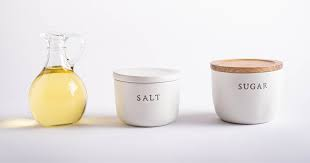
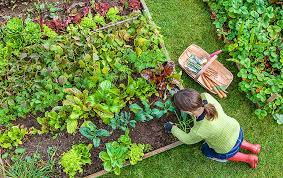



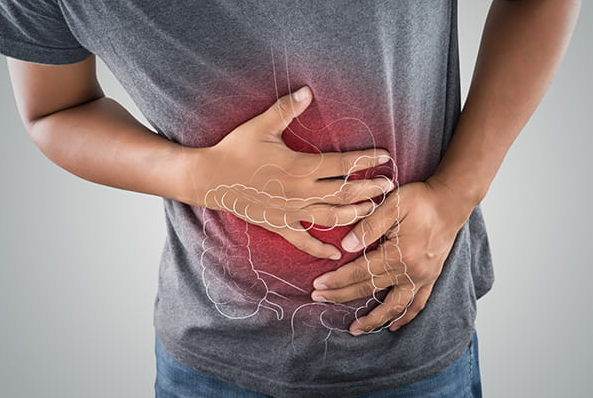
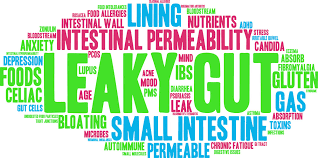

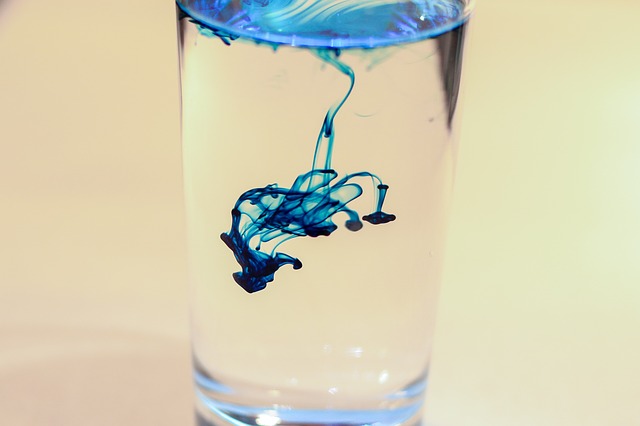
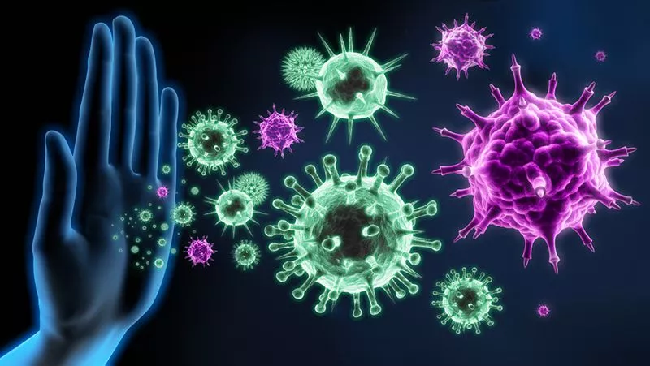
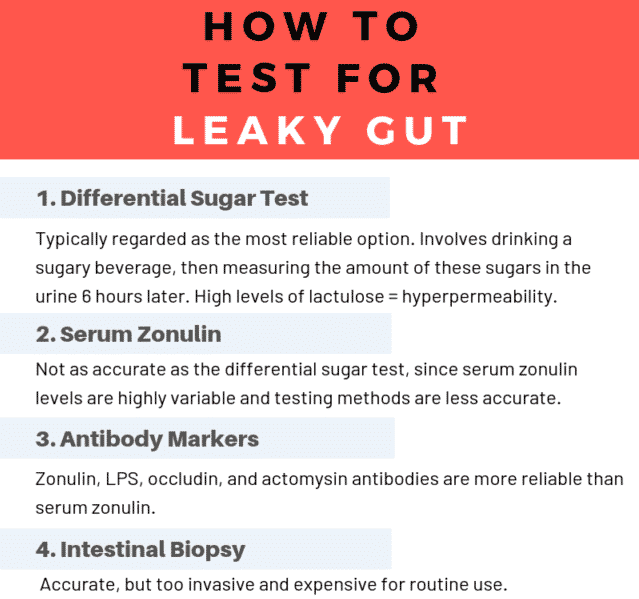
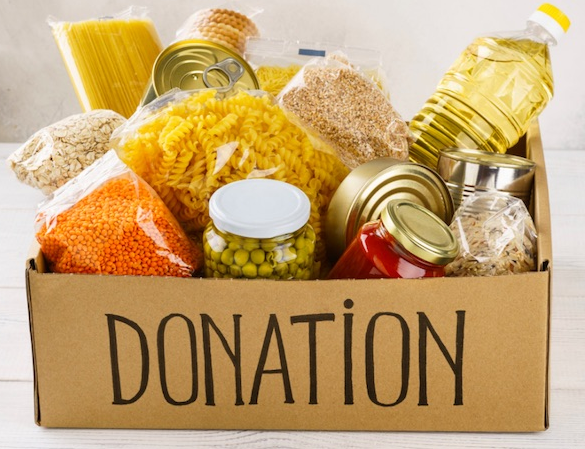
2 thoughts on “Have You Sprung A Leaky Gut?”